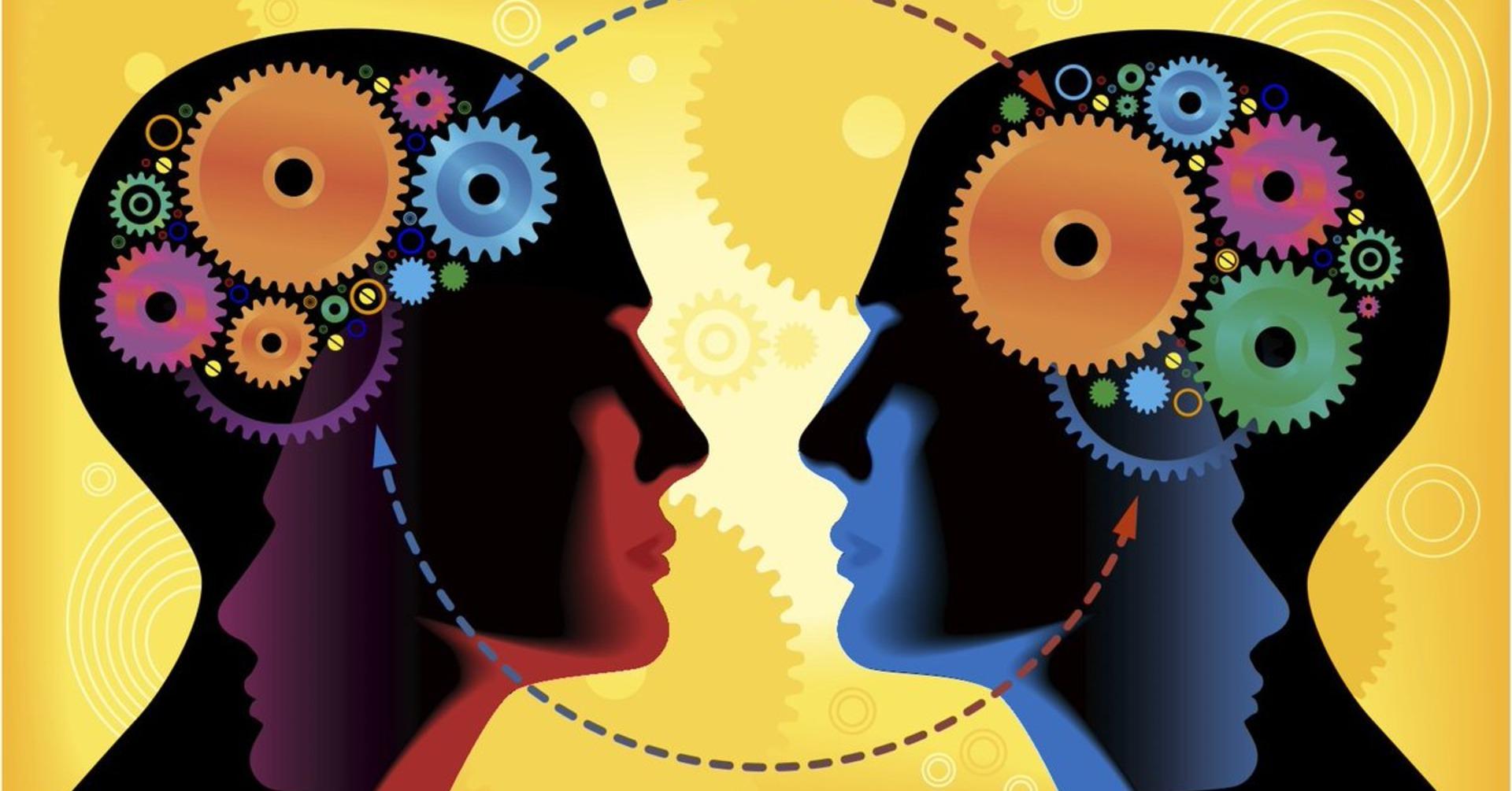Calculate Your Employee Retention Rate
No. of employees in your organisation:
About 70% of professionals believe their companies could do more to prevent or lessen employee burnout. According to 21% of respondents, their organization put no efforts or programs in place to help employees avoid or recover from burnout.
In fact, nearly half of millennials claim to have quit a job due to burnout. This Employee Retention Calculator will help you reform employee burnout policies.
Frequently Asked Questions
The 7 Most Common Symptoms of Burnout in Employees
- Exhaustion—emotional, mental, and bodily.
- Disengagement.
- Rising absenteeism
- Isolation
- Greater responsiveness to criticism
- The appearance of signs on the body
- Reduction in production
This employee retention rate calculator provides insights about employee burnout and helps employers.
Multiply by 100 the number of workers who have remained throughout a specified length of time divided by the total number of workers during that period:
- (Headcount remaining during set period/Headcount beginning during set period) multiplied by 100.
- The annual retention rate is (440/475) times 100, or 92.6%.
Try this employee retention calculator for quick and easy calculations.
There are five staff retention tactics that every business should use –
- Leadership is where employee retention and engagement begin.
- Pay close attention to employee input, then act on it.
- Establish and encourage an inclusive culture.
- Invest in the potential for staff growth.
- Conduct thorough exit interviews.
These are the 5 stages of burnout –
- The initial phase. This stage is full of enthusiasm and hope.
- Start of the stress period. The initial phase eventually ends, and you start to feel stressed.
- The phase of chronic stress.
- Burnout period.
- The phase of habitual burnout.

Read Our Articles

Deep Dive into the Phobia of Clowns
Clowns, with their flamboyant costumes and exaggerated features, are intended to bring joy, laughter and entertainment. However, for some individuals, it is the exact opposite.

Unveiling the Biases: Exploring Behavioral Concepts in Decision-Making
In our previous article, we delved into the fascinating world of behavioural economics, questioning the assumption of consumer rationality and exploring the influence of “free”

Economics From The Binoculars Of Psychology
What is Behavioural Economics? In economics, it is assumed that the consumer is rational and they have all the information. Now, what does it mean
